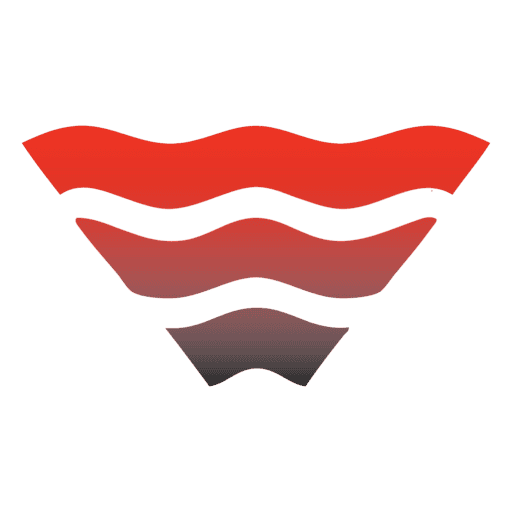Low back pain is one of the most common reasons for individuals to seek medical care. The cause for this pain can be quite broad for both young and older populations. Low back pain can cause significant disability and have a great impact on a person’s quality of life. With that being said, it is crucial that an appropriate and accurate assessment, somewhere such as South Simcoe Physiotherapy Alliston or South Simcoe Physiotherapy Tottenham, is in place to determine the root cause of low back pain. As previously mentioned, there is a broad range of causes of low back pain – so let’s discuss the most common causes!
1)Lumbar musculature strain
We have many different muscles in our lower back region that help to support our spine, pelvis and hip – and therefore, we can strain these muscles, similar to how we can strain a hamstring. This is one of the most common causes of low back pain. It typically is caused by a bending movement (i.e. lifting up a box or child) in which our lower back muscles are in a stretched position and then are forced to contract (shorten) to help us lift back up to a straightened position.
What are some symptoms of this?
-
- Pain in the low back
- Pain with bending forward
- Tender to touch in the low back
- Tightness feeling
- Pain in the morning that improves slowly with movement
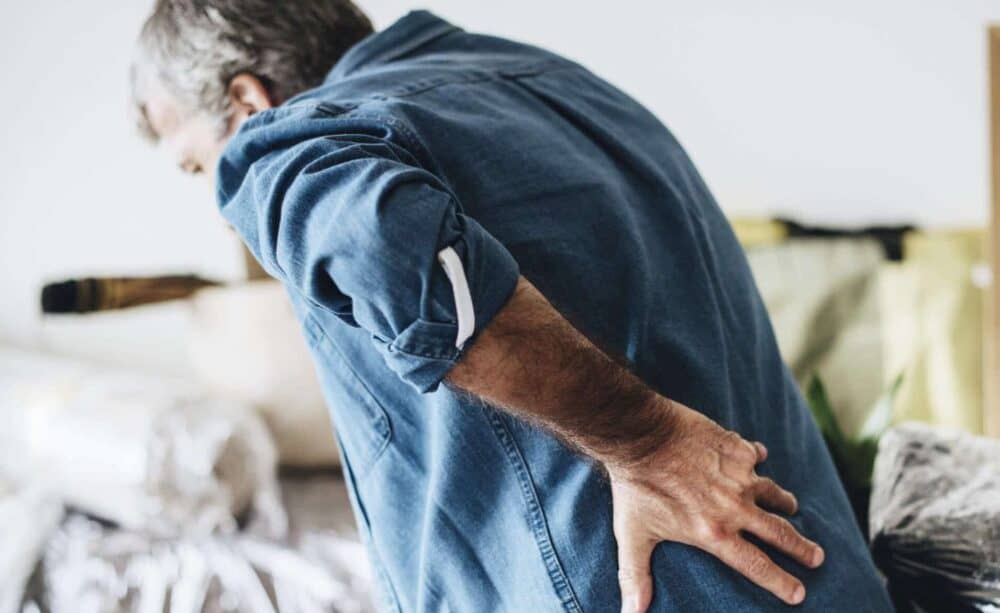
2)Disc Herniation
This is another common cause of low back and/or leg pain. In between our vertebra we have a gel-like substance called our disc. This disc will squish and stretch with movements and throughout our day, however will typically return to a resting position. With an injury to our lower back (i.e. lifting a heavy object), the pressure created in our abdomen and lumbar spine can cause a disc to bulge. For some, this can be asymptomatic but for others this can be associated with significant pain.
What are some symptoms of this?
-
- Pain in the low back
- Pain worse in the mornings
- Pain with cough/sneeze
- Leg pain or numbness
- Weakness in our leg
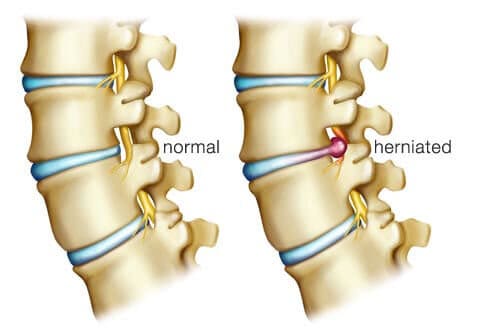
3)Spinal Stenosis
Spinal stenosis refers to the narrowing of our spinal canal and intervertebral foramen. Within these structures is our spinal cord and our spinal nerves, which give innervation to our muscles and our skin. The cause for this narrowing can be multifactorial related to degenerative changes, bone spurs or even a herniated disc.
What are some symptoms of this?
-
- Pain worse with standing or leaning back
- Pain improved with bending forward or sitting
- Leg pain or numbness
4)Degenerative Disc Disease
Degenerative disc disease is a condition in which our intervertebral disc breakdown and shrink as we age. With this, our disc loses its natural gel-like properties and therefore is not able to provide as much cushion.
What are some symptoms of this?
-
- Low back pain
- Limited range of motion in your low back
- Leg pain or numbness
5)Spondylolisthesis
Spondylolisthesis is when one vertebra slips forward or backward in relation to the next vertebra. It can be caused by traumatic injuries, bone abnormalities, fractures or arthritis. There are varying types and severities of this spondylolisthesis, in which are typically grading on a 1 to 5 scale.
What are some symptoms of this?
- Low back pain
- Leg pain or numbness
- Stiffness in your low back
- Pain with standing upright
6)Sciatica
Sciatica is a broad termed used to describe an irritation of the sciatic nerve. The sciatic nerve is one of the biggest nerves in our body, that begins in our pelvis and travels down to our foot with breaking off into different branches. The cause of this irritation can range from our lumbar vertebra to the muscles in our gluteal region.
What are some symptoms of this?
-
- Sharp pain into the buttock or leg
- Leg pain or numbness
- Worse with pressure on the buttock (prolonged sitting)
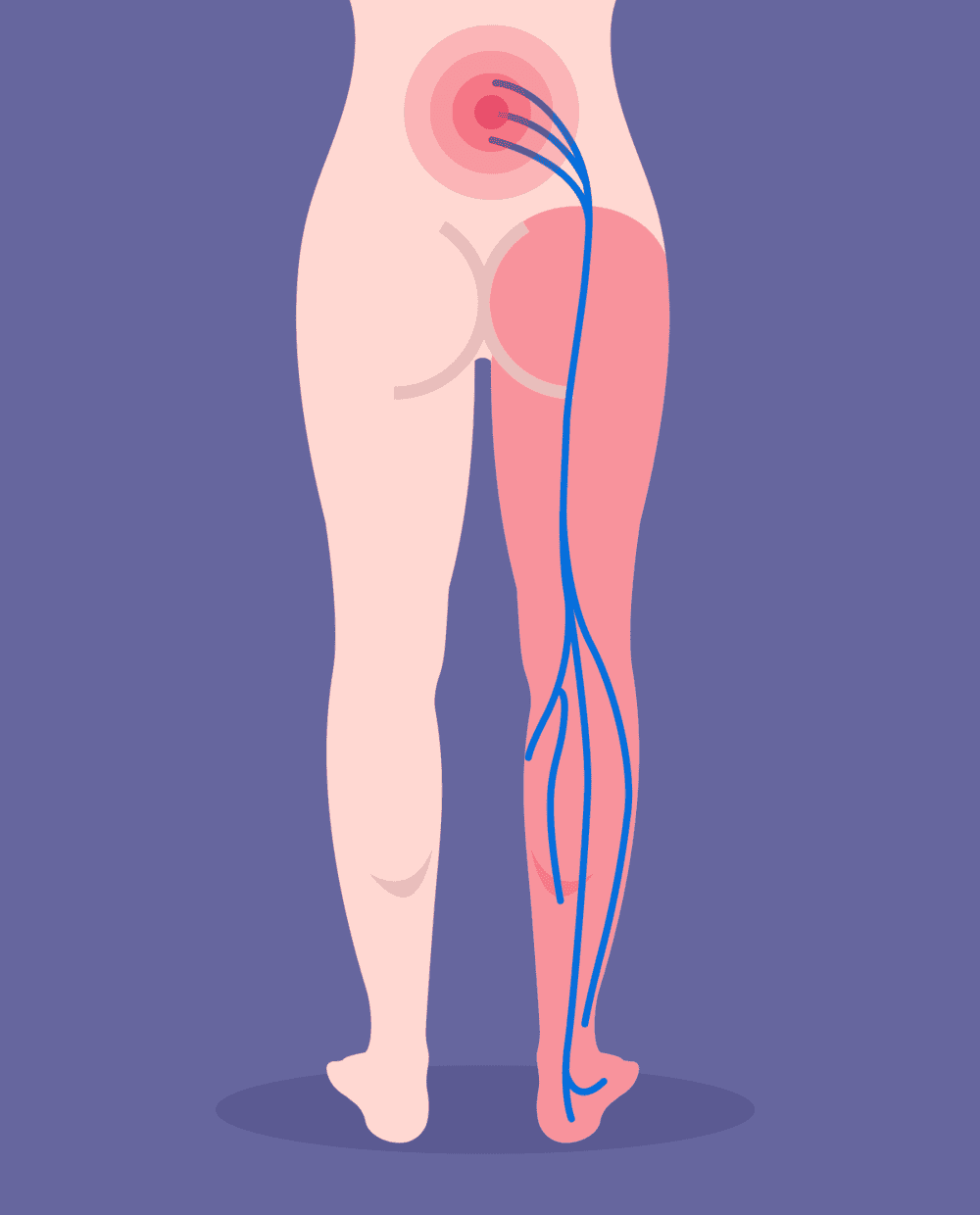
1)Diagnosis and Assessment
A detailed and accurate assessment is the first step in treating low back pain. A physiotherapist will start off with subjective questioning to get a history of your low back pain. This can include questions about symptoms, better and worse positions, and past medial history. This will be followed up by an objective assessment which could include range of motion measuring, muscle strength and passive joint mobility testing.
2)Developing an individualized treatment plan
3)Home exercise program
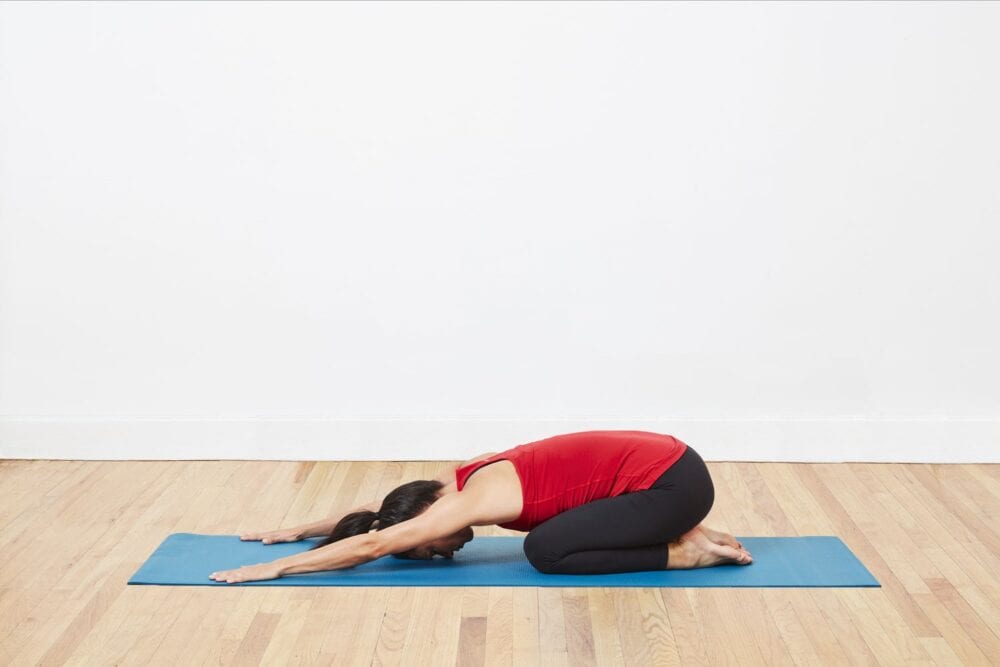
4)Manual therapy
During your treatment appointments, your physiotherapist will likely use multiple manual therapy techniques to help with your pain, mobility, and flexibility. This can include soft tissue techniques, joint mobilizations, joint manipulations and myofascial release.
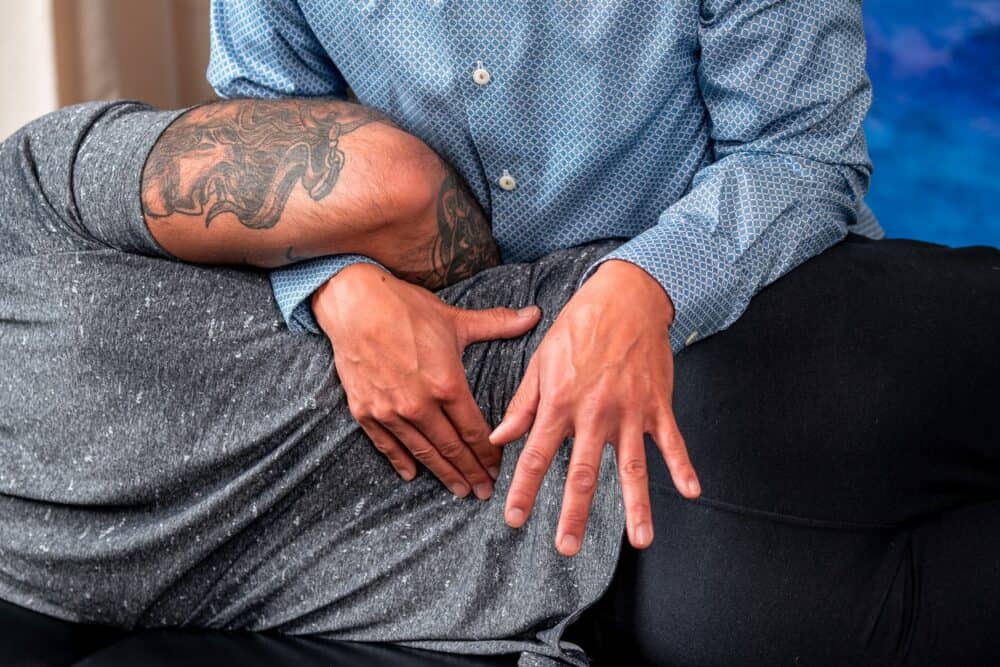
, , call5)Pain management
Your physiotherapist at South Simcoe Physiotherapy Alliston or South Simcoe Physiotherapy Tottenham will help manage your low back pain using multiple techniques and strategies. This may include education on certain activities or postures to avoid, as well as positions that will help to reduce pain. Also, using modalities such as acupuncture or dry needling.
If you have been dealing with low back pain and would like to have an assessment, call South Simcoe Physiotherapy in Tottenham or Alliston to book an appointment today.
